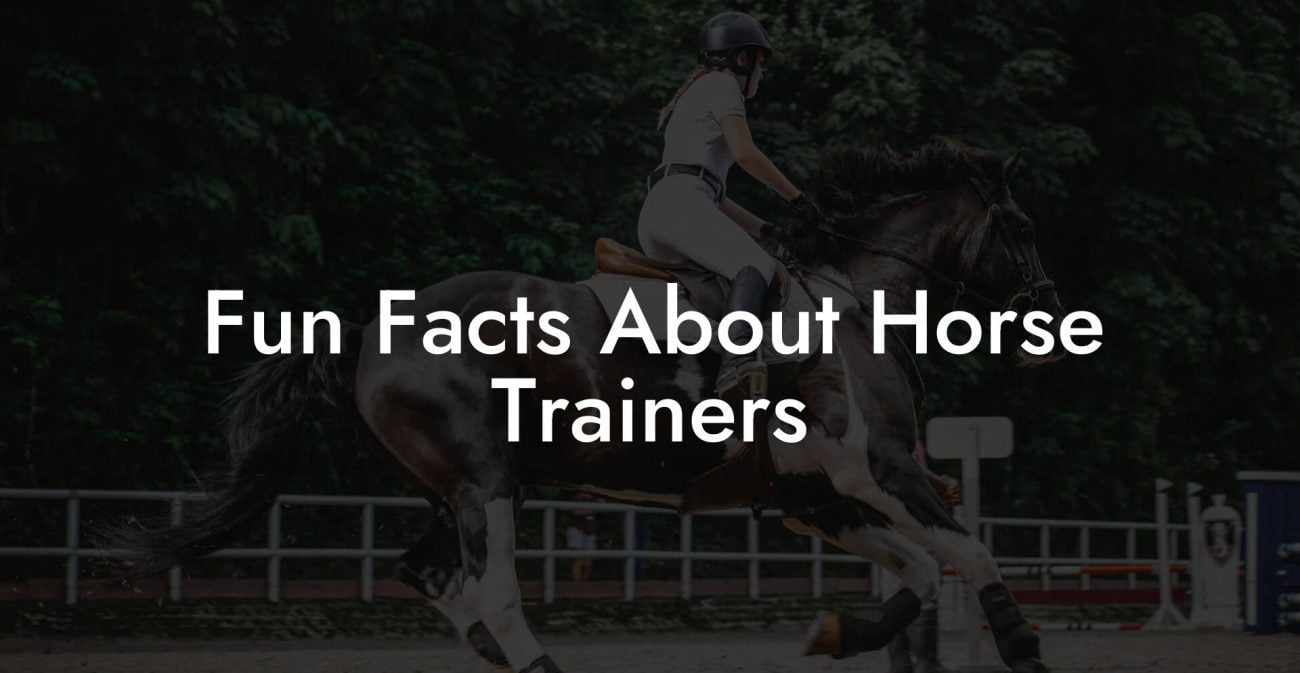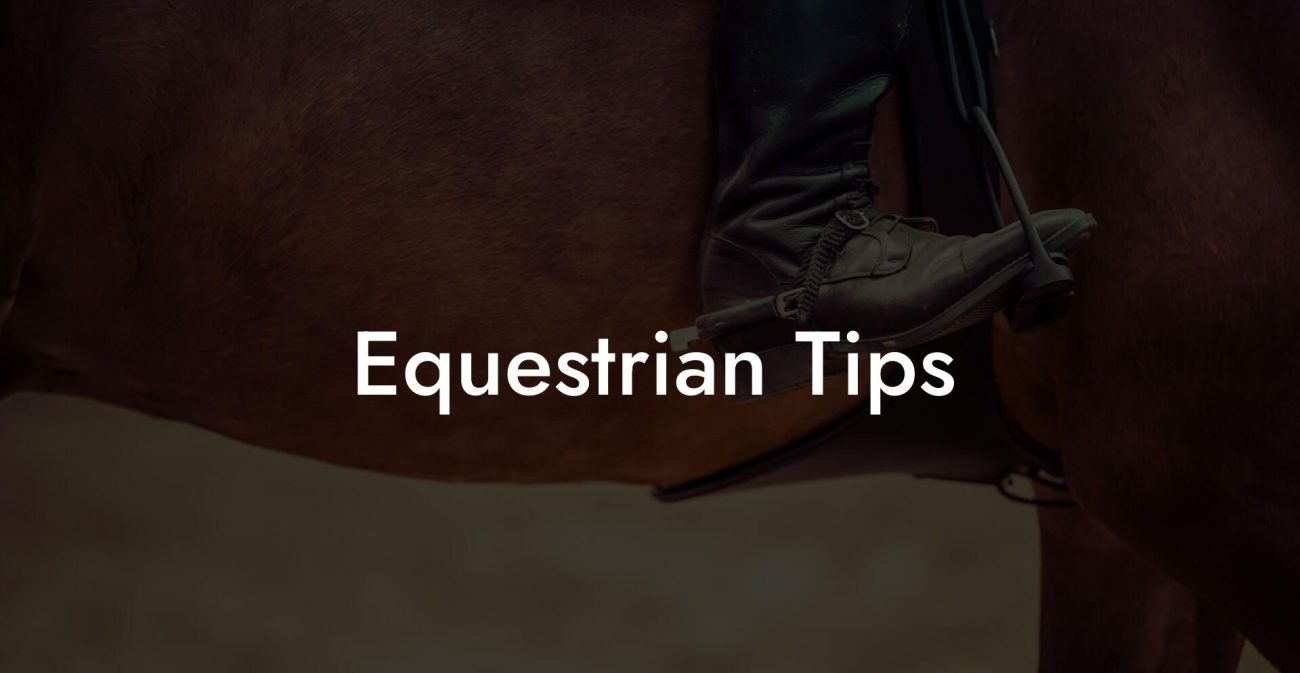Unveil the mystery behind Leonardo Da Vinci's iconic artwork "Horse and Rider" in this captivating story of art, history, and the bond between human and equine. Discover how this Renaissance masterpiece reflects the relationship between horse and rider and how it has inspired modern equestrians.
Horse And Rider (Leonardo Da Vinci Table of Contents
The Artistry of Leonardo Da Vinci
The Creation and History of Horse and Rider
The Artistry of Leonardo Da Vinci
Leonardo Da Vinci (1452-1519) was an Italian artist, inventor, and polymath who made significant contributions to various fields such as painting, sculpture, engineering, and even anatomy. As a leading figure during the Renaissance, Da Vinci's art was characterized by his meticulous attention to detail, observational skills, and mastery of the natural world, earning him a legendary status in the world of art.
The Creation and History of Horse and Rider
"Horse and Rider" is one of Leonardo Da Vinci's lesser-known masterpieces. The wax sculpture was created during his stay in Milan between 1482 and 1499 when he was commissioned by the Sforza family to create a colossal equestrian statue of Francesco Sforza, a highly respected Italian condottiero. Although the statue was never fully completed, the "Horse and Rider" would become an enduring symbol of Da Vinci's talent and passion for horses in art.
The artwork was rediscovered in 1985 as a small, rewaxed statue, measuring just 10 inches in height. In 2012, archeologists and art experts confirmed the authenticity of the sculpture, attributing to Leonardo Da Vinci based on a detailed comparison with his original sketches and notes.
The Relationship Between Horse and Rider
Da Vinci's "Horse and Rider" is not just a work of art; it is a testament to the harmonious relationship between equestrians and their horses. Da Vinci was an avid rider himself, and he understood the deep bond and connection that would form between a human and an equine companion.
The artwork portrays a rearing horse and its rider, showcasing the synergy between the two. Da Vinci captures the grace and beauty of the horse while also emphasizing the intuitive connection to the rider. The sculpture serves as a reminder that riding is not merely a sport but rather a deeply personal and emotional connection between horse and rider.
The Impact on Modern Equestrians
Leonardo Da Vinci's "Horse and Rider" has left an indelible mark on the world of horse enthusiasts, reminding them of the beauty, grace, and art that can be found in the simple act of riding. Equestrians worldwide have looked to this iconic sculpture as a representation of the connection they share with their horses and as a source of inspiration for their own journeys as horse owners and riders.
The artwork has also played a significant role in the study of equine anatomy and biomechanics, as Da Vinci's detailed observations and sketches reflect his deep understanding of the horse's muscular structure and natural movement. As a result, modern equestrians have been able to refine their riding techniques, and trainers have developed new training methods tailored to individual horse's needs.
Horse And Rider (Leonardo Da Vinci) Example:
Imagine you are walking through a museum, and you come across a beautifully intricate sculpture of a horse and rider. You stop in awe, examining the incredible detailing of the musculature of the horse and the strong, yet tender connection between the rider and their equine partner. The artwork inspires you to consider the bond you share with your own horse and how you can strive to improve your riding skills and knowledge. You take a moment to appreciate the work of a master like Leonardo Da Vinci, who so eloquently captured the essence of the horse-human relationship in his art.
As you can see, Leonardo Da Vinci's "Horse and Rider" is more than just a beautiful piece of art. It is a testament to the timeless bond between human and equine that continues to inspire modern equestrians today. We encourage anyone with a passion for horses to share this article and delve deeper into our guides to continue exploring the wonders of horse ownership. Remember that every horse and rider can be a masterpiece in their own right, just as Da Vinci so beautifully captured in his sculpture.













